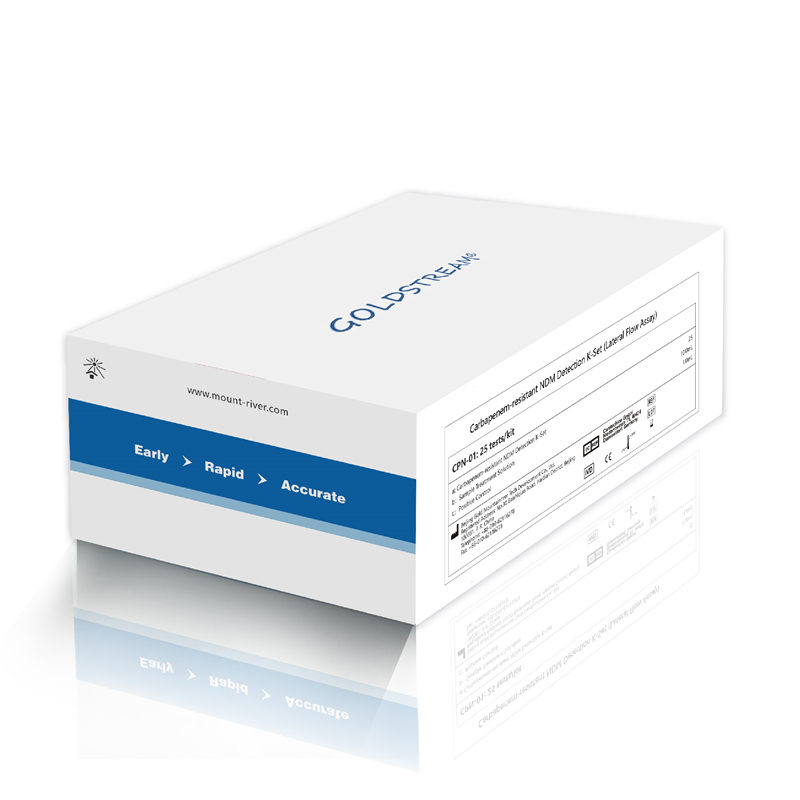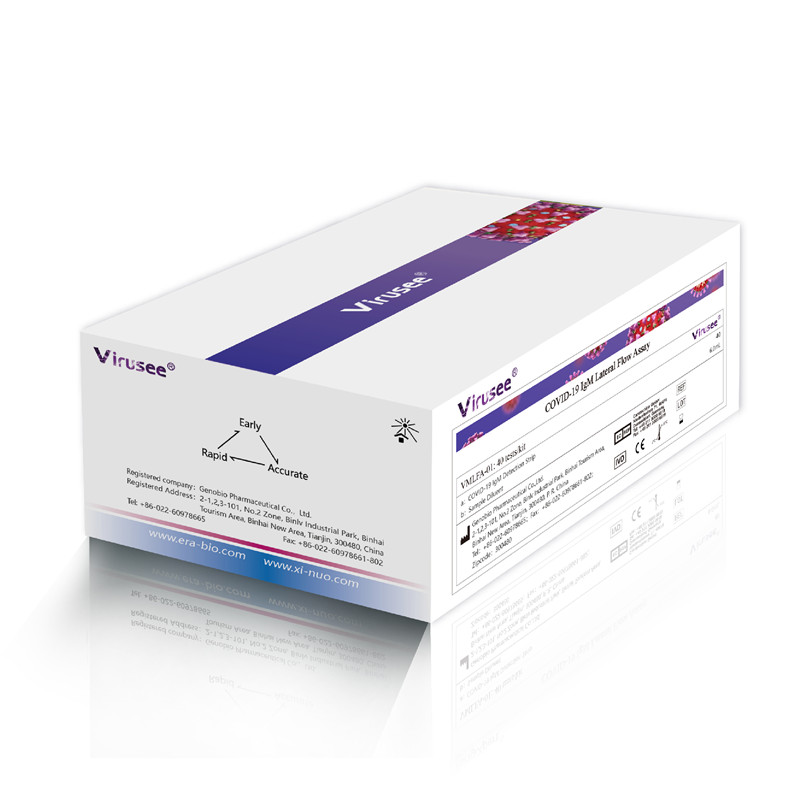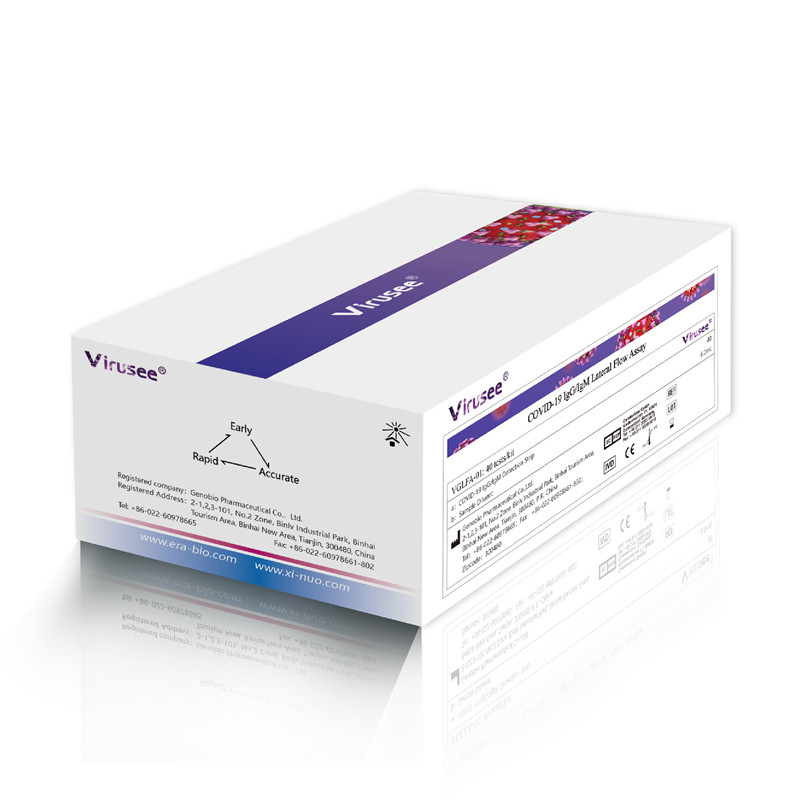Carbapenem-resistant K.N.I.V.O. Detection K-Set (Lateral Flow Assay)
Product Introduction
The Carbapenem-resistant K.N.I.V.O. Detection K-Set (Lateral Flow Assay) is an immunochromatographic test system intended for the qualitative detection of KPC-type, NDM-type, IMP-type, VIM-type and OXA-48-type carbapenemase in bacterial colonies. The assay is a prescription-use laboratory assay which can aid in the diagnosis of KPC-type, NDM-type, IMP-type, VIM-type and OXA-48-type carbapenem resistant strains.
Carbapenem antibiotics are one of the most effective drugs for the clinical control of pathogenic infections. Carbapenemase-producing organisms (CPO) and carbapenem-resistant Enterobacter (CRE) have become a global public health issue due to their broad-spectrum drug resistance, and treatment options for patients are very limited. Screening test and early diagnosis of CRE is very important in clinical treatment and control of antibiotic resistance.
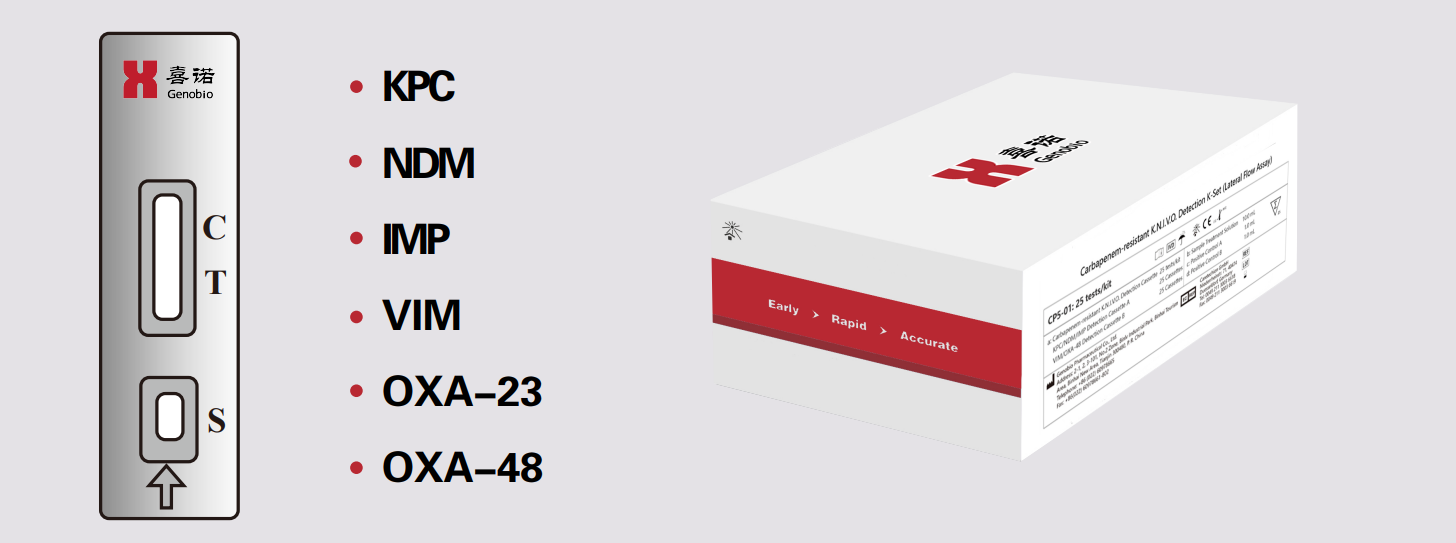
Characteristics
|
Name |
Carbapenem-resistant K.N.I.V.O. Detection K-Set (Lateral Flow Assay) |
|
Method |
Lateral Flow Assay |
|
Sample type |
Bacterial colonies |
|
Specification |
25 tests/kit |
|
Detection time |
10-15 min |
|
Detection objects |
Carbapenem-resistant Enterobacteriaceae (CRE) |
|
Detection type |
KPC, NDM, IMP, VIM and OXA-48 |
|
Stability |
The K-Set is stable for 2 years at 2°C-30°C |
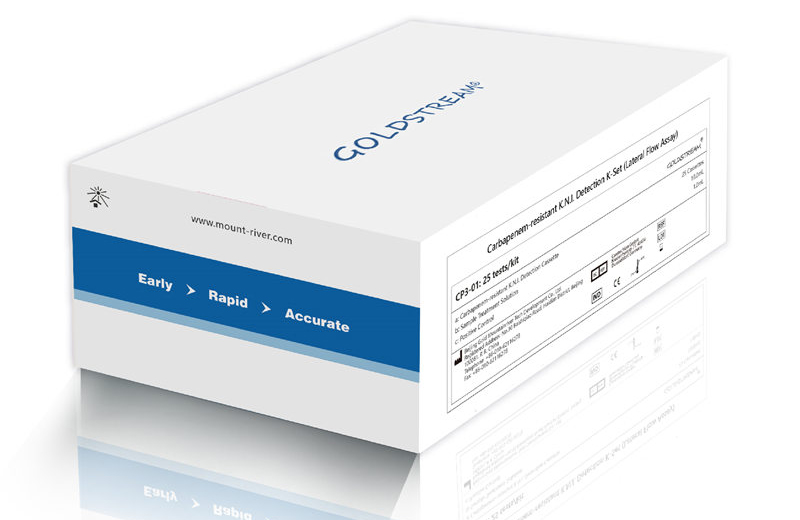
Advantage
- Rapid
Obtain result within 15 min, 3 days earlier than traditional detection methods - Simple
Easy to use, ordinary laboratory staff can operate without training - Comprehensive & flexible
Combines KPC, NDM, IMP, VIM and OXA-48 tests together, gives a comprehensive detection of the gene types of carbapenem-resistant bacteria infected.
- Intuitive result
There is no need for calculation, visual reading result - Economic
Product can be transported and stored at room temperature, reducing costs
What is Antibiotic Resistance?
Antibiotic resistance occurs when the germs no longer respond to the antibiotics designed to kill them. Enterobacterales bacteria are constantly finding new ways to avoid the effects of the antibiotics used to treat the infections they cause. When Enterobacterales develop resistance to the group of antibiotics called carbapenems, the germs are called carbapenem-resistant Enterobacterales (CRE). CRE are difficult to treat because they do not respond to commonly used antibiotics. Occasionally CRE are resistant to all available antibiotics. CRE are a threat to public health.
Antibiotic resistance is rising to dangerously high levels in all parts of the world. New resistance mechanisms are emerging and spreading globally, threatening our ability to treat common infectious diseases. A growing list of infections – such as pneumonia, tuberculosis, blood poisoning, gonorrhoea, and foodborne diseases – are becoming harder, and sometimes impossible, to treat as antibiotics become less effective.
Urgent action is necessary for healthcare of all humanity, to fight against the super bacteria and control the spread of antibiotic-resistant pathogens. Therefore, the early and rapid detection assay for CRE is crucial.
Operation
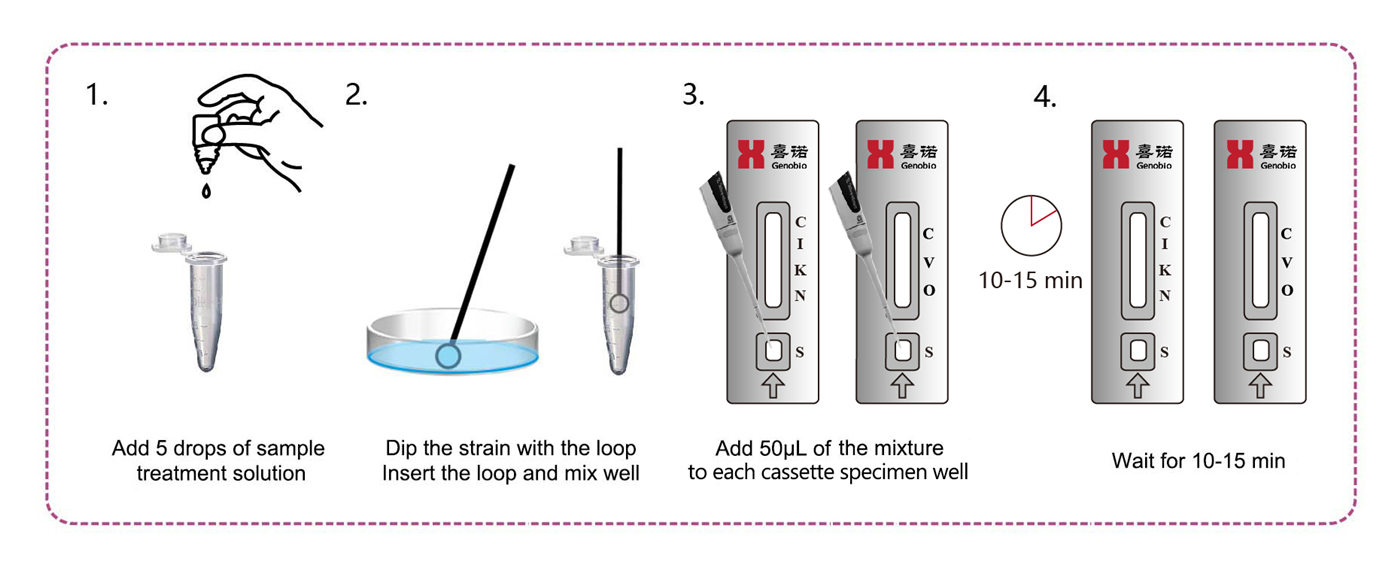

Order Information
|
Model |
Description |
Product code |
|
CP5-01 |
25 tests/kit |
CP5-01 |




